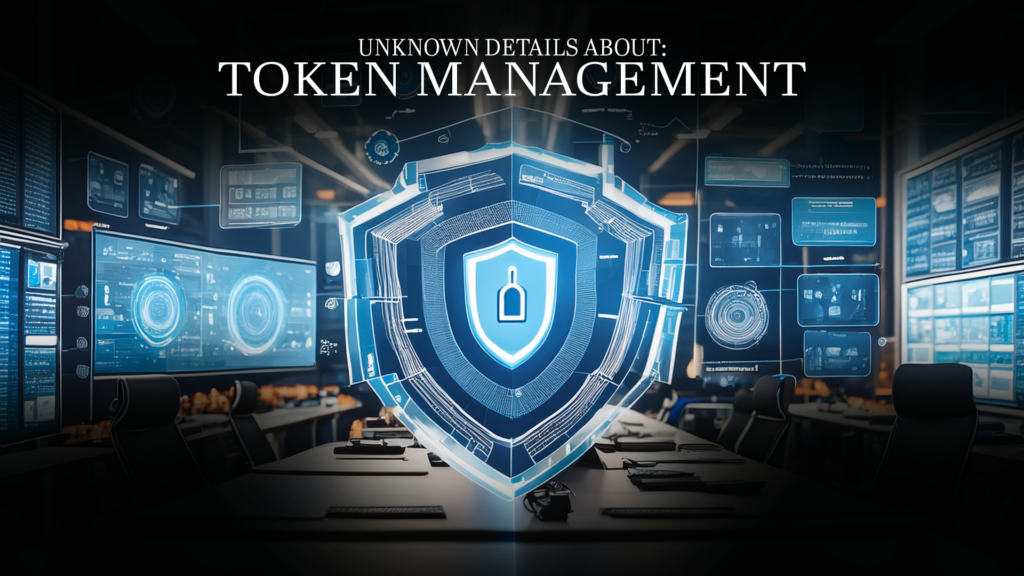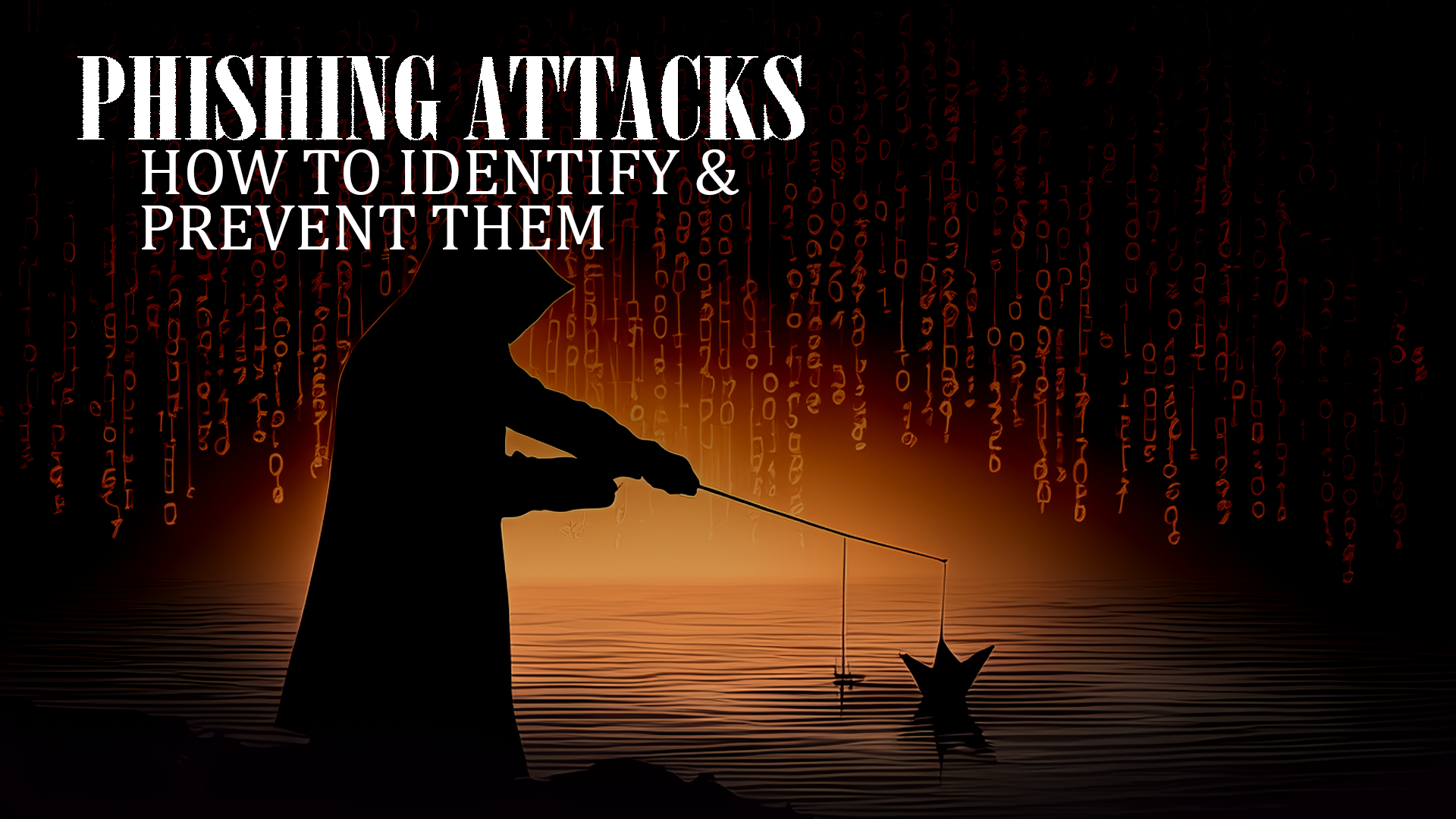Token management is critical in securing interactions within IT infrastructures, especially as token-based authentication systems like OAuth 2.0 become more prevalent. Despite their importance, the details of token expiration and refresh—vital for maintaining network integrity—are often overlooked. This article revisits the world of token management, diving into industry standards, the challenges of policy enforcement, and the innovative Continuous Access Evaluation (CAE) protocol. Let’s explore how these elements crucially impact both security and user experience in today’s digital landscape.

Understanding the Lifecycle of OAuth 2.0 Tokens
The Dynamics of Token Expiration and Refresh
In scenarios where applications such as Outlook interface with services like Exchange Online, OAuth 2.0 tokens are essential. Typically, these tokens have a short lifespan of only one hour, necessitating frequent refreshes. This process, managed by platforms like Microsoft Entra, is critical for reassessing access permissions. It highlights the importance of robust token management as discrepancies or policy breaches during this phase can lead to access denial.
Key Insights:
- Token Validity: Access tokens generally expire after one hour, requiring a timely refresh to sustain access.
- Policy Reassessment: Refresh stages are crucial for evaluating access based on the latest user status and compliance with existing policies.
Overcoming Customer Concerns: Timeliness of Policy Enforcement
Clients often voice concerns over the delay between changes in user conditions and the enforcement of updated policies. Previously, reducing token lifetimes was seen as a potential mitigation strategy but often at the expense of user experience without significantly diminishing risks.
Key Insights:
- Balancing Act: Adjusting token lifetimes can negatively impact user experience without necessarily improving security.
- Delay in Enforcement: Delays in applying updated policies can expose security vulnerabilities, underscoring the need for more responsive token management systems.
Continuous Access Evaluation: Transforming Token Security
How Continuous Access Evaluation Enhances Security
Continuous Access Evaluation (CAE) represents a significant advancement in token security. It enables a dynamic exchange between the token issuer (like Microsoft Entra) and the application, enhancing the security framework. This process allows for real-time reporting of changes such as network shifts, empowering issuers to direct applications to invalidate tokens if security issues arise.
Key Insights:
- Enhanced Real-Time Security: CAE supports near-instant enforcement of security policies, crucial for swiftly addressing incidents.
- Interactive Security Measures: Ongoing interactions between the token issuer and the application ensure a higher level of security adaptiveness.
Implementing CAE for Robust Security
Adopting CAE can significantly enhance an organization’s security framework, particularly in managing sensitive operations like user account terminations or major changes in user status. CAE is effective in ensuring that critical security changes are reflected in user access rights almost instantaneously.
Key Insights:
- Immediate Access Revocation: CAE facilitates rapid revocation of user sessions following significant security events.
- Adaptive Conditional Access: Changes in the network prompt immediate reevaluation of access policies, ensuring continuous compliance with token security standards.
Expanding the Scope of Token Management
The role of token management extends beyond just managing access; it also involves ensuring that data remains secure across various touchpoints. As digital ecosystems evolve, the strategies for managing tokens must also adapt to accommodate new technologies and threat vectors. This adaptation is essential for maintaining the efficacy of security protocols and supporting the overall resilience of IT systems.
Future Trends in Token Management
Looking ahead, token management will likely integrate more advanced technologies such as artificial intelligence and machine learning. These technologies could predict potential security breaches and automate responses, further enhancing the security measures provided by systems like OAuth 2.0 and CAE.
Conclusion: Elevating Security Through Advanced Token Management
Our discussion underscores the critical role of sophisticated token management strategies in bolstering security frameworks within modern IT infrastructures. By integrating advanced mechanisms, organizations can strengthen their defense against evolving threats, ensuring that access controls remain dynamic and highly responsive.
Call to Action: Elevate Your Organization’s Security Strategy
Is your organization ready to embrace advanced token management solutions? Contact DTS Inc for specialized IT and security consulting to facilitate a seamless and secure transition. Upgrade your security measures today with cutting-edge strategies designed to keep your network safe from emerging threats.





